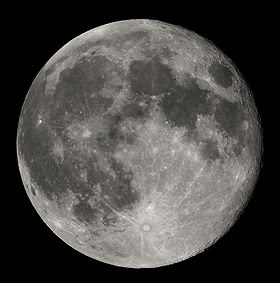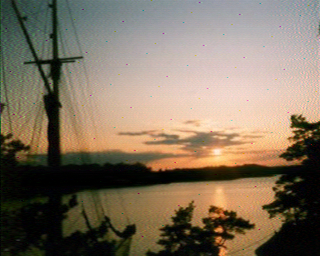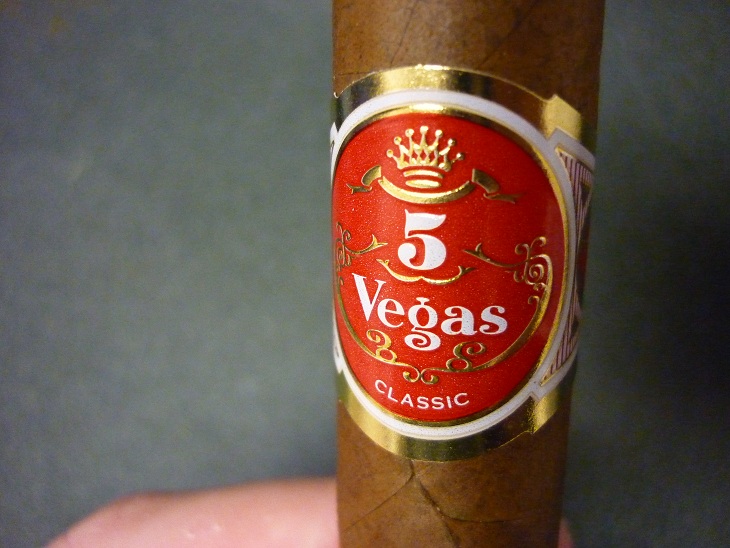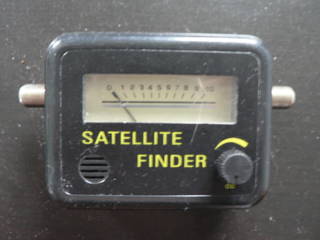Moon Bounce – Using The Moon As a Satellite

EME is a technique where the moon is used to reflect radio signals from one part of the world to another. The moon is reflective to radio waves and acts as a passive satellite.
Amateur operations use VHF, UHF and microwave frequencies. All amateur frequency bands from 50 MHz to 47 GHz have been used successfully, but most EME communications are on the 144, 432, or 1296 MHz bands. To listen in you will need a radio capable of receiving CW and/or SSB as Morse code is commonly used with EME, Voice is used but is less common than morse. you will need a Yagi antenna with at least 12 dBd gain.
Because the moon moves in relation to Earth, there is a slight doppler shift on EME signals. At moonrise, a 2m EME signal may be shifted up in frequency by as much as 350 Hz. The doppler slowly comes down, reaching zero when the moon is passing your longitude, then starts to shift in a negative direction, going as much as 350 Hz down by moon set.
The moon follows many cycles. The distance between the Earth and the moon is not constant. It varies, and generally there will be a perigee (moon closest to Earth) and an apogee (moon furtherest from Earth) each month.
Path loss to the moon and back is roughly 2 dB less at perigee than at apogee. This can make a very noticeable difference for small stations. Also, the sky behind the moon can be very noisy at certain times. All planets, stars, etc. emit noise across the radio spectrum, and most EME systems are sensitive enough to hear this noise. Sky noise is generally at its worst when the moon is crossing the galactic plane (moon appears in the milky way), which occurs twice each month, this can make receiving weak stations difficult.
Signals also tend to exhibit a rapid, almost fluttery fading known as libration fading. This is caused by the irregular surface of the moon, which “rocks back and forth” slightly as viewed from Earth. Libration can cause signals to go above and below the average level. Libration peaks, which can last up to a couple of seconds at 2 meters, can actually help the small station make contacts they would not be able to otherwise.
To transmit signals off the moon you will need a minimum of 150 watts and a low noise amplifier to amplify the weak signal that you may receive, when transmitting you will notice that when you stop to receive you will hear your own transmission as your own signal will reflect back to you























